
Shift-left security emerged as a response to development practices in which security was often an afterthought. It advocated for earlier integration of security practices into the software development lifecycle (SDLC), ideally starting at the beginning of software conceptualization. While the approach prioritized security, the shift left can also burden developers while failing to improve security meaningfully. How can teams strike the right balance? In this article, we’ll break down the core challenges of shift left to show how thinking on this core strategy has evolved.
What is Shift-Left Security?
Shift-left security is an approach that moves security process and testing, such as static application security testing (SAST) and Infrastructure as Code (IaC) scanning, earlier in the software development process, including in the planning, design, and development phases.
What are the Promised Benefits of Shift-Left Security?
Shift left is a proactive approach that increases team confidence that apps in development can be deployed securely. Shift left is based on the premise that diligence at the planning and coding stages can deliver better code quality at deployment. In shift-left security:
- Developers take ownership of security
- Vulnerabilities might be caught earlier
- Fixes might be quicker and less costly
- Deployed software might be more secure
- Customer releases are less likely to be delayed by last-minute code reworks
Reducing risk in production has been an appealing benefit of a shift-left approach, as it has paved the way for organizations to embrace fast-paced, cloud-native development models. Without security as a bottleneck, agile production can reign – or at least that’s the idea.
In practice, shift left has helped organizations release higher-quality software, but upfront inspections also often slow production rather than speeding it up. While shift left helps prevent late-stage problems that send software projects back to the drawing board, it often does so alongside a laborious new task: inspecting every component of a build upfront.
The Challenges of Shift-Left Security
While shift left has advantages, it’s not without trade-offs, especially in fast-paced or resource-constrained environments.
Shift left alone can’t provide that comprehensive approach. Some key challenges include:
Incomplete Context
In the early phases of development, issues may not be possible to predict. Performance-based security flaws and dynamic runtime behaviors may not be visible until deployment. Further, early testing tools focus on known vulnerabilities but may not be able to identify emerging ones. For this reason, shift-left security is inadequate as a stand-alone security strategy.
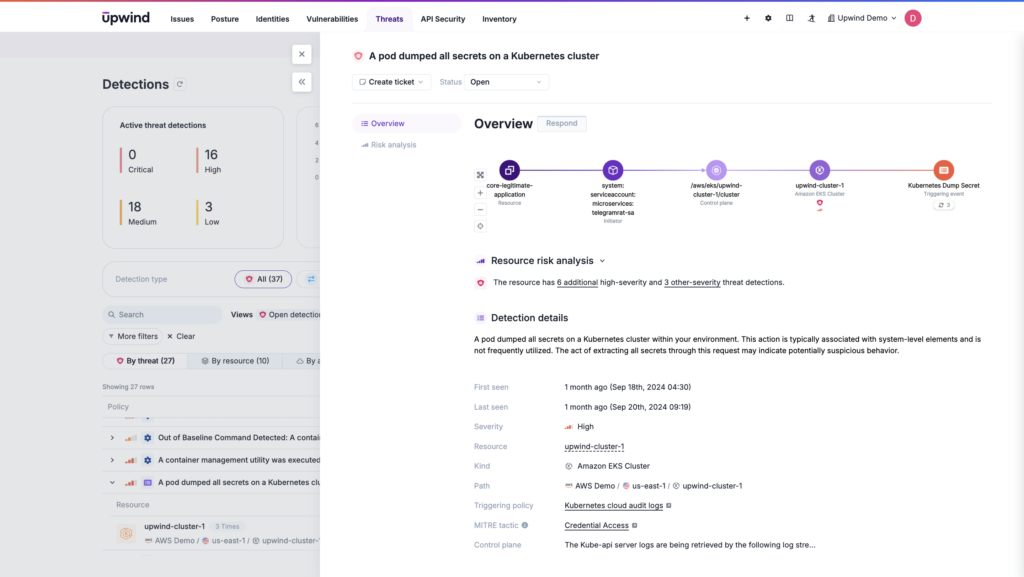
Slow Beginning Phases
Integrating security early on can slow production. Automated tools like SAST and dependency scans take time to learn, configure, and run, which can disrupt production schedules.
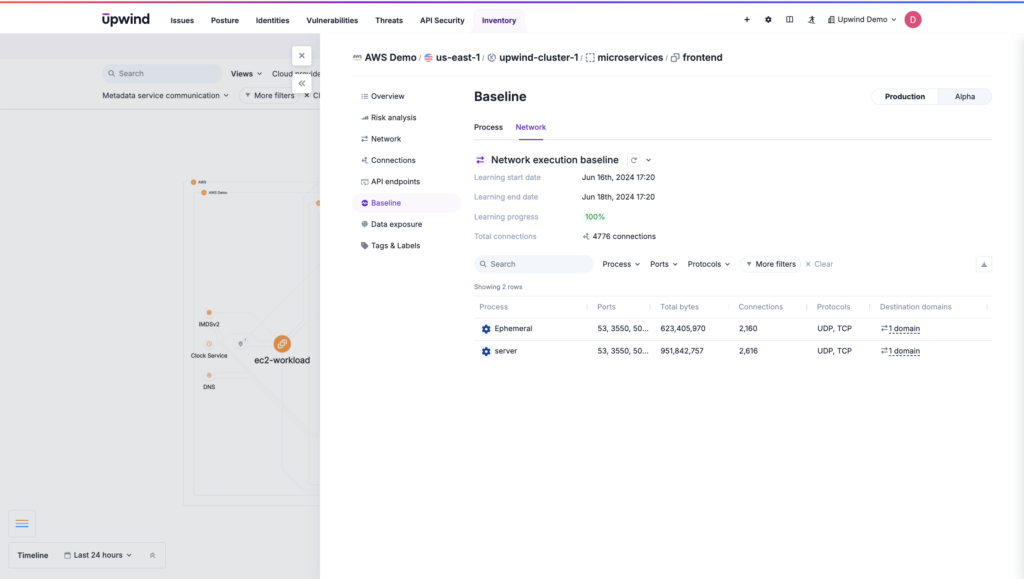
False Positives
Early-stage tools often generate high numbers of false positives, often pointing to hundreds of thousands of alerts. Alert fatigue naturally follows, with developers unsure of which alerts are necessary and spending time sorting through irrelevant findings before addressing critical vulnerabilities. Teams can wonder if “higher quality” software is a simple matter of fewer vulnerabilities, especially when few are exploited.
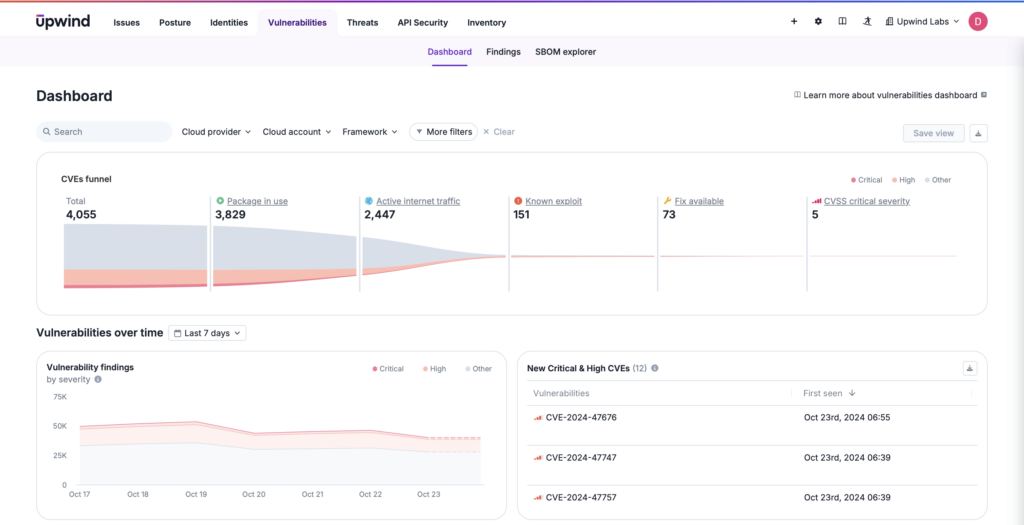
Developer Overload
Empowering developers to take ownership of security means they must learn security practices and address them in addition to their core work. Add false positives to the workflow, and developer teams can feel overwhelmed and overburdened.
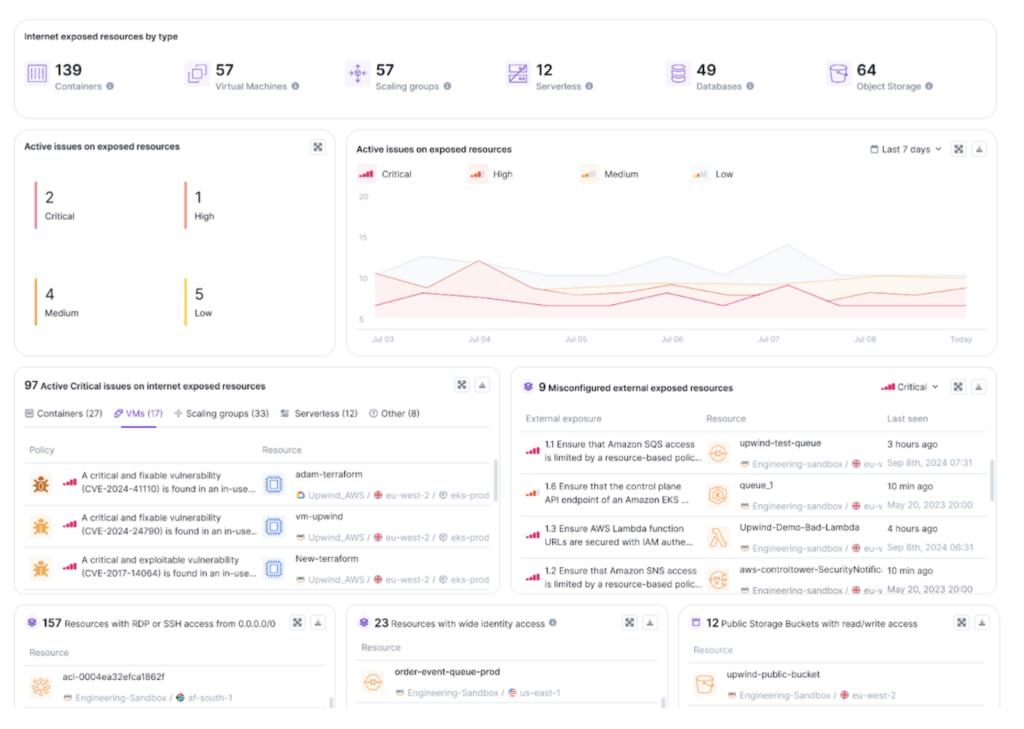
Difficulty Scaling
With added responsibilities, teams may develop less software while amassing impressive development and security knowledge. It can be difficult to grow these highly knowledgeable, dual-role teams, requiring hiring prowess along with extra resources and training.
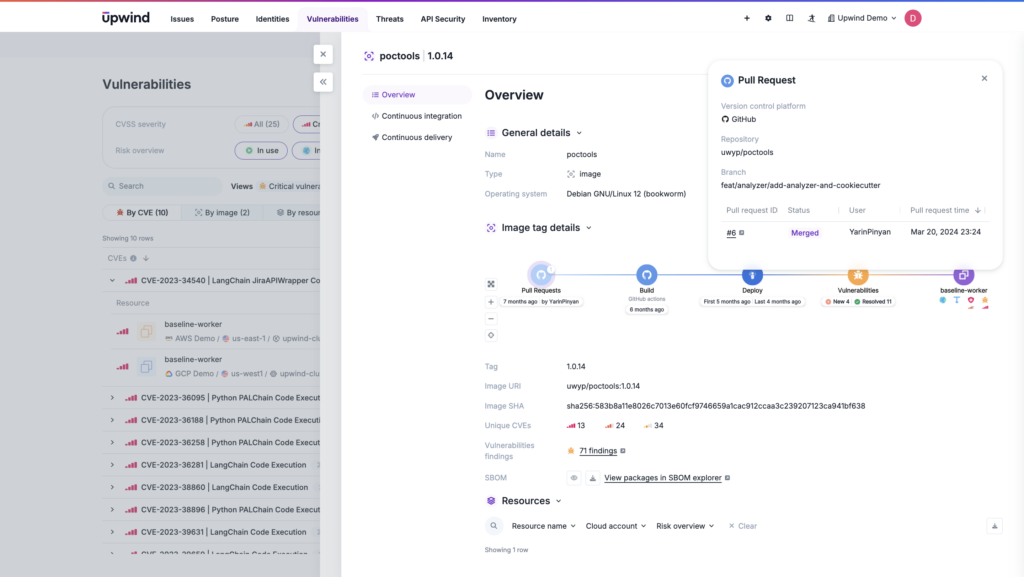
The Case for Shifting Right
As the software development landscape evolves, the limits of a wholly shift-left approach are increasingly apparent. While the strategy has advantages, a strong argument can be made that modern teams must embrace a new shift right.
Foremost, runtime realities have shown that no pre-deployment testing can fully replicate the complexities of production environments. Pre-deployment testing in controlled environments cannot match the complex conditions of today’s cloud landscape. From unforeseen interactions to system load, user behavior, and emerging attack patterns, some issues can only be observed in production.
By focusing on runtime, organizations can:
- Detect and respond to zero-day threats in real-time
- Adapt to changing attack patterns and emerging vulnerabilities
- Gain insights from actual user behavior and threat actor tactics
Let’s examine how shift-right security, which uses runtime insights to identify and prioritize threats, differs from a shift-left approach. An integrated approach, with runtime informing DevSecOps practices at build-time, may bridge the divide between traditional left and right approaches.
| Aspect | Shift Left | Shift Right | Integrative Shift Right Informing Shift Left |
| Timing | Early in SDLC | Production/runtime | Simulated and actual data |
| Focus | Prevention | Detection and response | Runtime data informs preventative measures taken |
| Adaptability | Limited | Highly adaptive | Balanced with targeted improvements |
| Real-world accuracy | Simulated | Actual | Cyclical, with runtime driving development changes |
| Zero-day protection | Limited | Strong | Runtime insights inform shift-left practices |
| Performance impact | Can slow development | Minimal impact | Comprehensive, integrating predicted and observed threats |
| Continuous improvement | Iterative | Real-time | Continuous |
While shift left plays a crucial role in identifying vulnerabilities early, shift-right approaches are critical for addressing complexities that only surface in production. An integrated approach can leverage that runtime insight to inform future builds, speeding future production and contributing to cleaner code simultaneously.
What are Typical Shift-left Security Features in a CI/CD Pipeline?
Shift-left testing within a CI/CD pipeline integrates cybersecurity checks in the development process to ensure vulnerabilities are identified and resolved as soon as possible. By focusing on early detection and remediation, shift-left methodologies help teams secure both proprietary and open-source components.
Typical security features used to shift security left include:
- SAST to scan application assets.
- Software composition analysis (SCA) to identify vulnerabilities in 3rd-party software components in code dependencies.
- Dependency scanning to identify known vulnerabilities and flag outdated libraries.
- IaC to provision and manage infrastructure configurations.
- Unit and integration security scanning to examine individual components of an application in isolation to catch security vulnerabilities like injection flaws and buffer overflows.
- Secret scanning, which detects sensitive information accidentally hardcoded in a codebase or configuration file to prevent secrets from being exposed in version control or other repositories.
- Automated code reviews to perform broad scans of code for best practices.
- Container security scanning, which can detect insecure packages, open ports, or improper permissions within container images before deployment.
- Compliance and policy checks, which verify that code, infrastructure, and configurations meet regulatory requirements.
Shift-right tools Augment a Shift-left Strategy
Today, runtime insights from tools like a cloud workload protection platform (CWPP) can inform which flagged misconfigurations are the most critical security risks. These features suggest a shift-right approach, focusing on runtime:
- CWPP, which secures workloads in cloud environments with behavioral analysis and workload protection.
- Dynamic application security testing (DAST): to detect vulnerabilities post-deployment.
- API Security: to detect threats, anomalies, and security breaches in real-time API traffic.
- Runtime application self-protection (RASP): A security tool that runs within an application, protecting it from attacks in real-time.
Upwind Shifts Right to Secure Runtime So You Can Build Better
The effectiveness of shift left lies in prevention, but without visibility into production, it comes with blindspots that lead to overlooked vulnerabilities. In fast-moving pipelines, the ability to continuously test and secure applications in real-time is critical to reducing risk. Therefore, real-time monitoring, runtime protection, and insights gathered from production environments will dictate the success of any security strategy.
To truly secure a cloud-native infrastructure, runtime insights can help strengthen pre-deployment security. Let us show you how in a demo today.
FAQ
How does shift left impact the role of developers?
Shift-left security significantly impacts developers, making them more responsible for security and quality assurance earlier in the SDLC. They gain greater ownership, adopt new practices like proper error handling, and integrate new tasks into their workflows, like using security scanning tools and addressing automated feedback. They’ll collaborate with security teams and, ultimately, learn to balance development tasks with security ones while keeping production times streamlined.
What is the difference between shift left, DevOps, and DevSecOps?
Both approaches emphasize integrating security into the development lifecycle. Shift left is a specific strategy for moving security earlier in the cycle. On the other hand, DevSevOps is a cultural and operational change that integrates security into every phase of the SDLC, making it a shared responsibility and extending security beyond the early build phases into deployment.
DevOps doesn’t incorporate security into the development phase. It primarily aims to streamline collaboration between development and operations teams to deliver software faster and more efficiently. It relies on automation, continuous integration and continuous delivery (CI/CD), but does not emphasize security.
Is shift-left security agile?
Shift-left security aligns with an agile approach to the SDLC. That’s because its early testing capitalizes on the agile principles of iteration, feedback, and fast delivery.
In a shift-left security approach, developers can take ownership of security themselves, shortening the software development workflow without secondary steps to include security processes. Further, shift-left security testing gives developers feedback during their builds, allowing for multiple phases of course correction.






